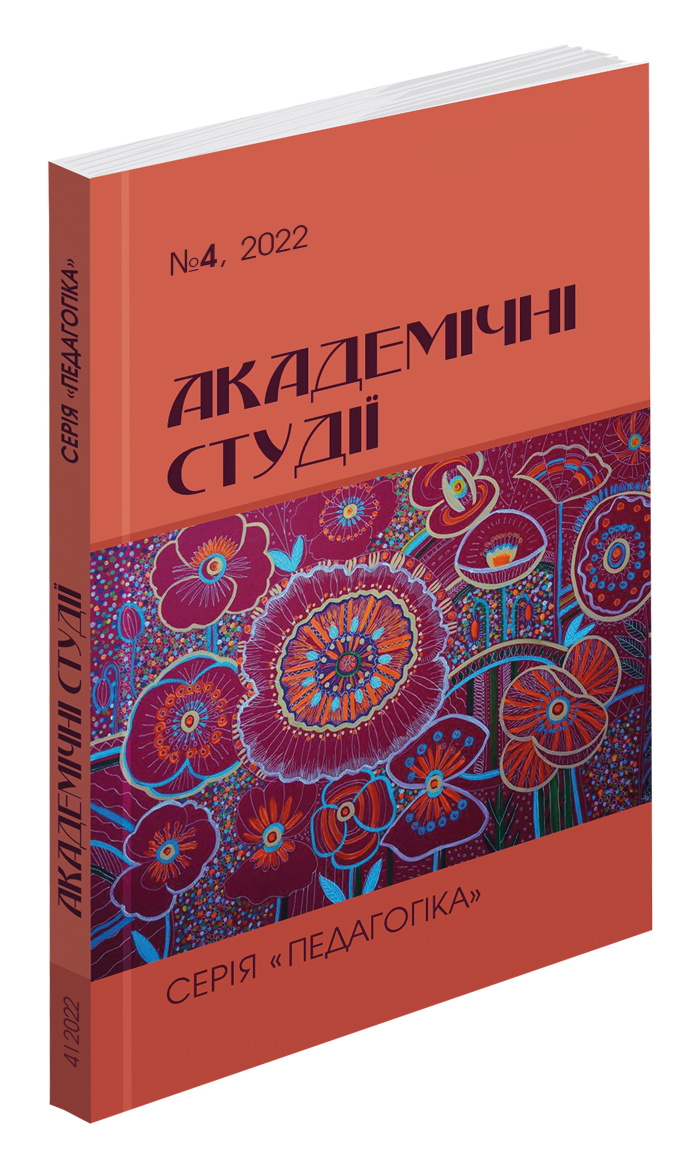Abstract
The article addresses the issue of the organization of training in solving physics problems at higher education institutions of Ukraine using the DI (differentiation and integration) method. In order to overcome the main difficulties in teaching students to solve problems (the low level of physics and mathematics training, the lack of knowledge and skills in the practical application of physics), the methodological approach of conducting practical classes in physics is proposed. The approach is based on the use of the DI method. Since physics problems require students to use the apparatus of higher mathematics, a scheme of gradually increasing complexity in forming the concept of moment of inertia is developed, which uses known values of a quantity in a simpler case to find this quantity in a more complex case. The scheme gives algorithms of steps for the following logical sequences: material point → rod → plate in the shape of a rectangle, triangle; material point → ring → disk (the axis of rotation coincides with one of the diameters); ring → disk → solid cylinder, cone or sphere (the axis of rotation is perpendicular to the plane of the ring or disk and passes through its center); ring → empty sphere → solid sphere (the axis of rotation is perpendicular to the plane of the ring and passes through its center). Students’ mastering of the proposed algorithms contributes not only to the more profound skills and abilities to solve problems, but also to the awareness of the universality of the differentiation and integration method and the possibility of its application to solve new problems of a more complex level. The methodological approach of the stepby- step formation of a physical concept with the gradual increase in complexity ensures the effectiveness of mastering the DI method and expands students’ ideas about the use of mathematics to solve physics problems, contributes to the development of complex thinking, carries an element of creativity and develops scientific physical thinking.
References
Беликов Б.С. Решение задач по физике. Общие методы: Учеб. пособ. для студентов ВУЗов. М.: Высш. шк., 1986. 256 с.
Герасимова К.В., Ткаченко Г.І. Практичні заняття з фізики із залученням демонстрацій у закладах вищої освіти. Фізико-математична освіта. Випуск 4(30). 2021. С. 29–33.
Іщенко Р.М., Горбунович І.В. Міжпредметні зв’язки фізики і математики під час викладання фізичних основ механіки студентам технічного університету. Фізико-математична освіта. Випуск 1(23). Частина 2. 2020. С. 39–44.
Іщенко Р.М., Ісаєнко Г.Л. Аналіз рівня підготовки з фізики студентів технічних спеціальностей за результатами вхідного контролю. Фізико-математична освіта. Випуск 1(19). 2019. С. 75–79.
Matvieieva, T.V. Solving problems in electrostatics: textbook for foreign students of higher educational institutions / Matvieieva T.V., Chursanova M.V., Gareeva F.M. Kyiv: Igor Sikorsky Kyiv Polytechnic Institute, 2022. 153 p.
Sadovyі М.І., Riezina О.В., and Tryfonova О.М. The use of computer graphics in teaching physics and technical disciplines at pedagogical universities. ITLT. Vol. 80, No. 6. 2020. Pp. 188–206.

